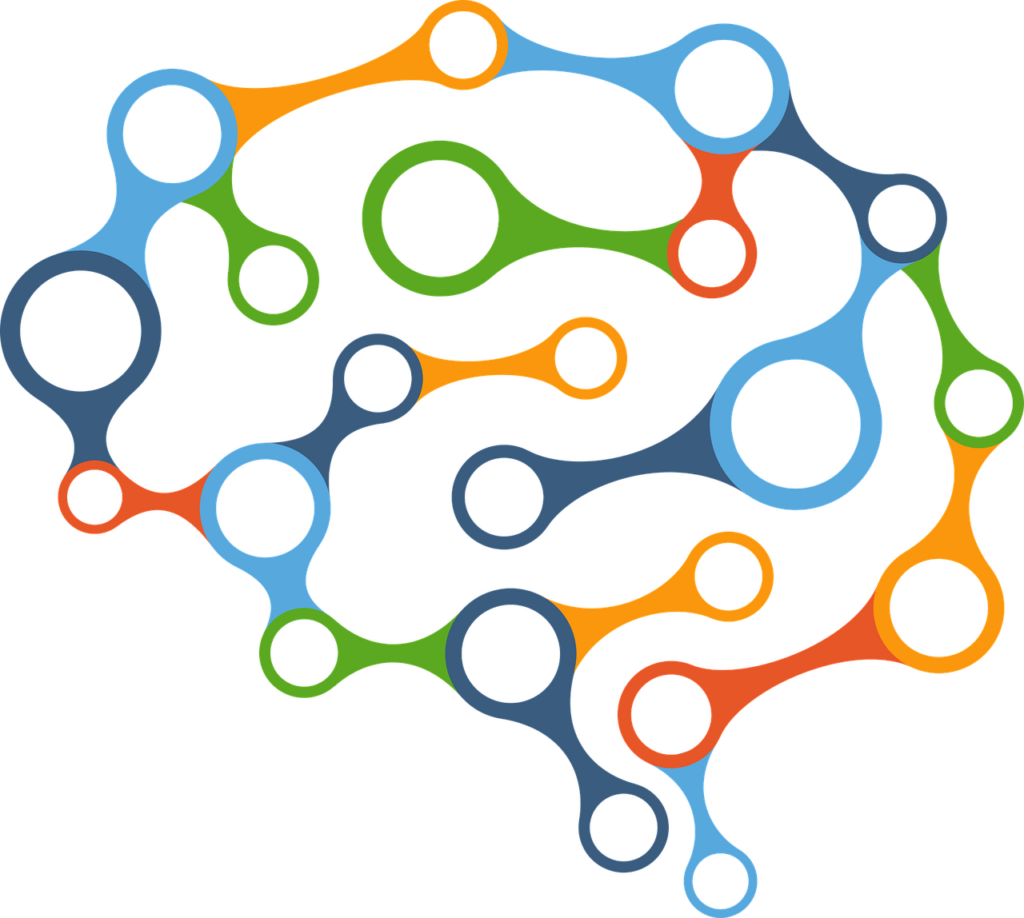All of the methods we use are safe, harmless, silent, and child-friendly! During your visit, you will see and try our methods prior to your child trying it themselves. In all of our studies, Mom and/or Dad are also present throughout the entire study. We also welcome grandparents, siblings and other family members to watch from our observation area.

Tracking where children look (Eye-tracking)
Eyes are a window to the mind! In a session where we use “eye-tracking”, your child will watch a video on a monitor screen. There is a built-in camera in the monitor that is going to keep track of your child’s eye movements.
Wearing a “hat” with lights (NIRS)
Near Infrared Spectroscopy (NIRS) is a fascinating technique that allows us to see how our brains work. In a NIRS study, we measure children’s brain activity while children are listening to language or watching a tv monitor. We record the brain activity using special sensors that light up! The sensors are safe and small, and they are held in place on the child’s head with a soft, stretchy cap. The sensors can monitor the level of oxygenation in different areas of the brain, giving us an indirect measure of how each area is responding. When an area of the brain is engaged, such as when listening to speech, it uses more oxygen. The changes in level of oxygenation tells us which areas are engaged for understanding language.
During the study visit, a researcher from our Centre places the cap on your child. Once the cap is on, your child will listen and watch a tv monitor.


